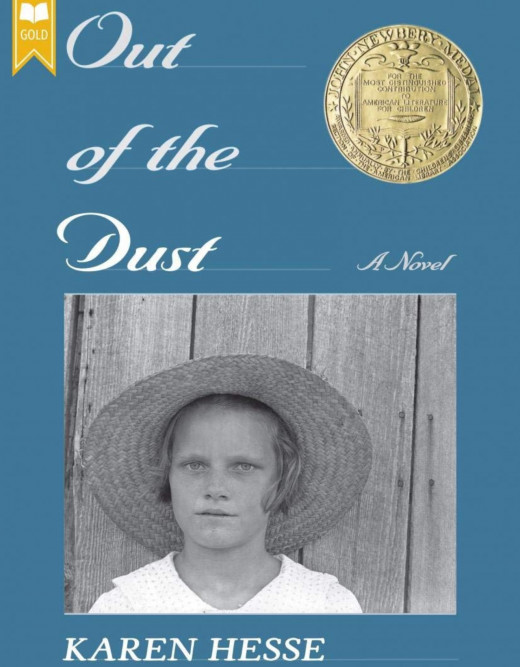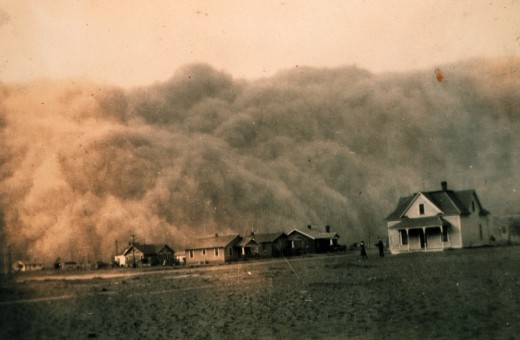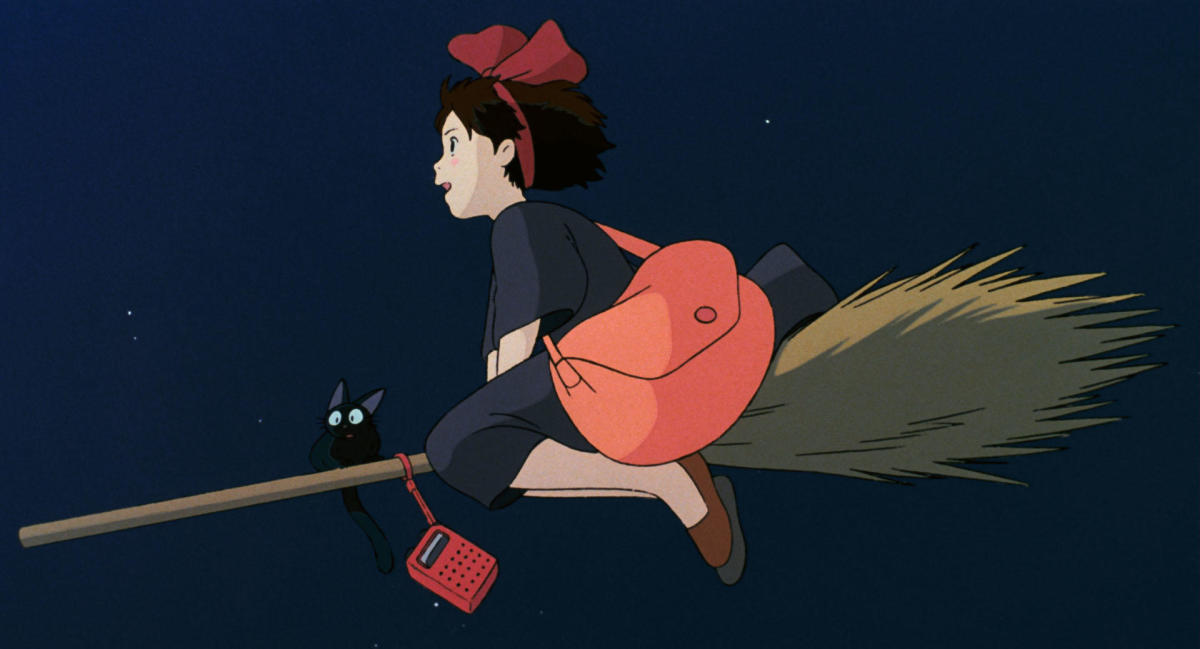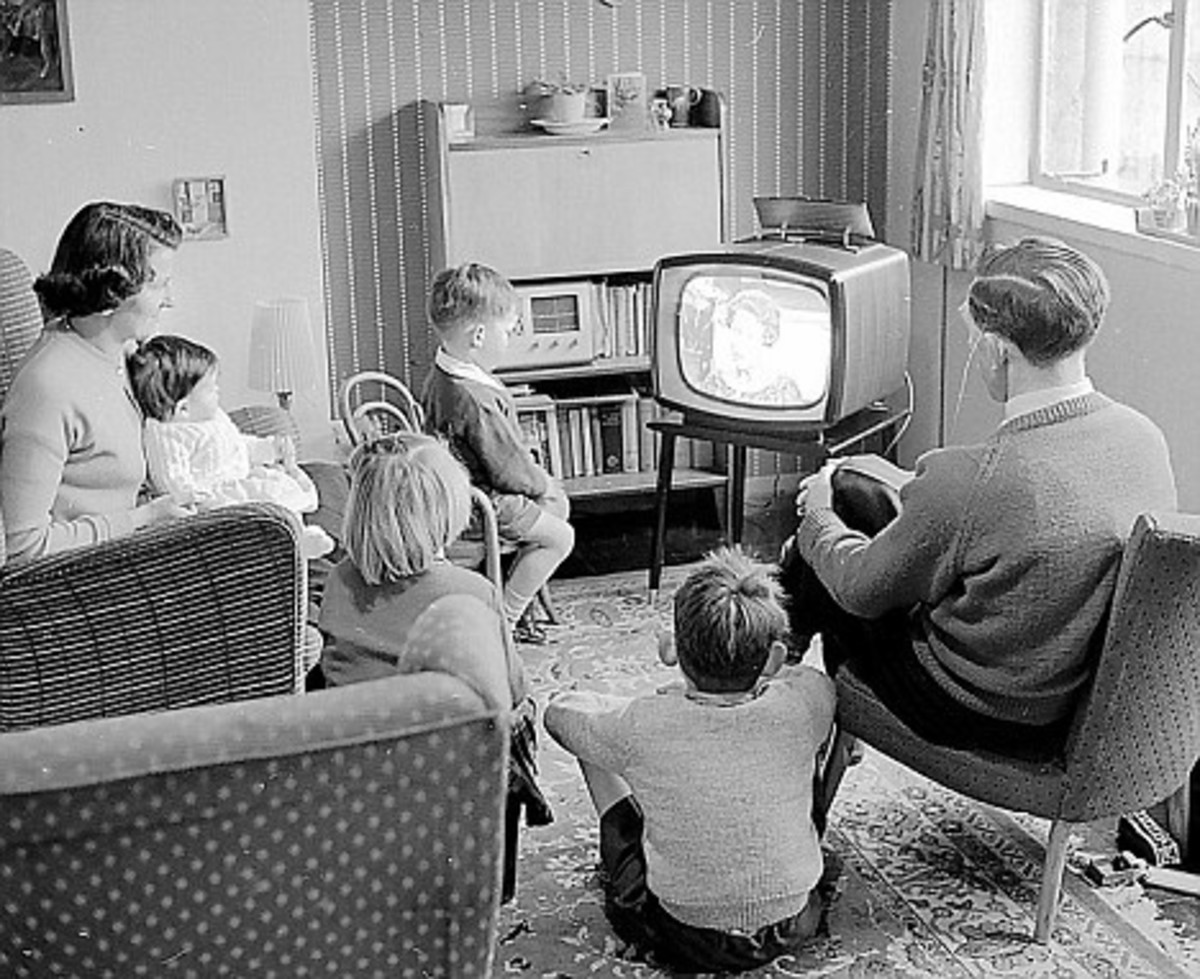Out of the Dust by Karen Hesse, a Moving Novel for Teens About Grief

Out of the Dust Story Summary
In Out of the Dust Karen Hesse writes a moving coming of age story about Billie Jo Kelby, a Depression era teen who suffers first hand through the deprivations of the Okahoma Dust Bowl. The novel is told through the eyes of Billie Jo herself, who experiences many types of loss in a coming of age story that will have you groaning with compassion for Billie Jo and her small community's almost insurmountable challenges. Ultimately, though, this is a story about overcoming loss and hardship and living with grief. That is why this book could be at or near the top of a very short list of anyone's must-read books.
This novel, written as a series of page to page and a half free-verse poems is short and sensational. As the story begins, Billie Jo describes her feeling of affinity with her father, a girl who feels she should have been a boy in order to earn the respect she craves from him. Her greatest love, though, which is inherited from an otherwise strict and un-emotive mother, is piano. Like her mother, who is a gifted pianist, Billie Jo dreams of being a musician and even at the age of 14 she plays in a travelling band with a talented and good-looking lead singer named Mad Dog. Life is full of promise. Billie Jo's mother finds out she is pregnant after many miscarriages, and Billie Jo looks forward to being a sister to her infant brother.
A tragic freak accident causes Billie Jo's dreams to shatter, until her world is completely falling apart. The accident causes suffering to both Billie Jo and her mother, and the rest of the novel focuses on Billy Jo and her father's changed relationship and the emotions they experience working through the hardship and grief that has paid out in their life.
Billy Jo's yearning for her mother and her guilt about the accident overshadow the rest of the story, and the resolution to this part of the tragedy can only come with time. Billy Jo is also injured in the accident. Her physical scars and her daily pain serve to remind the reader of the mental anguish she is experiencing, and keep Billy Jo fixated on the guilt she feels about the accident. This aspect of the story is disturbing and haunting, but not in an inappropriate way. I think teens can handle this type of real-to-life imagery, though it is disturbing to think of anyone suffering in this manner.
As Billy Jo's spirit and future wither right in front of her eyes, the blight of drought and dust storms threaten her family further with starvation. Nothing will grow for her farmer father, who is also dealing with the tragic loss of his wife and unborn child. Billy Jo and her father literally choke on the dust that spells death to the crops, to her family, and to her community. As family after family leave her native Oklahoma behind, Billie longs to escape from the terrifying storms that are destroying her family's livelihood and her father's spirit.
The way I see it, hard times aren't only about money,
or drought,
or dust.
Hard times are about losing spirit,
and hope,
and what happens when dreams dry up.
— Karen Hesse, Out of the Dust
Hesse is a deserving recipient of the Newberry Medal, as Out of the Dust has so much to offer its readers. First, the book is a coming of age story. Billy Jo struggles through the death of a parent and sibling while losing her life's passion all at the same time. Almost Job-like, her challenges are overwhelming and she must navigate through her grief to overcome the terrible loss of her mother and the use of her hands. Following her mother's death, her relationship with her father feels to her to be as hollow and barren as the land that is being stripped bare by the harsh winds. Eventually she reconciles to her father, and it is Billie as much as her father who initiates the reconciliation. I find Billie Jo to be an inspiring character. She struggles and eventually begins a new life. Her story is one of endurance through grief and pain. It is a remarkably mature viewpoint to share with teens, but a lesson many adults would benefit from reading as well. This is also a story of forgiveness. Billy Jo must forgive her father but more importantly, herself, before she finds the strength to move forward in her life.
Hesse's heroine serves as an everyman to tell the story of the Dust Bowl. She is not too different from other teens. She experiences friction with her parents and yearns to strike out on her own at several different points in the story.
Billy Jo is also appealingly real, and her struggles and griefs are so real and so compelling, that I couldn't help grieving with her and feeling absolute horror about her mother's accident. This is not a story that has an easy happy ending. It is memorable, though, because it instructs us about a period in history that had a significant impact on the course of America, but it usually gets a few paragraphs in a 7th or 8th grade history book. Hesse manages to create a feeling of hopelessness and despair in her novel that will help readers understand the Dust Bowl and the Great Depression in a much more approachable way. Hesse brings this era alive, and I was able to understand for the first time how terrrifying and devastating this unnatural disaster was for millions of people.
In this book, which reads with the same spare prose style used by Kent Haruf or possibly even Earnest Hemingway, the poetically rendered text is an added bonus. The words in this story flow out of pain and hardship, but land together beautifully on the page. This book is a must-read for anyone, not just teens.
More Teen Book Links
- Censorship: A Parent's Thoughts on The Golden Compas...
What is the balance between censorship and family standards? Should we encourage children to read books that don't agree with our views on religion, politics, ethics, or public policy? What is a parent's role for teens in media selection?
© 2010 Carolyn Augustine





